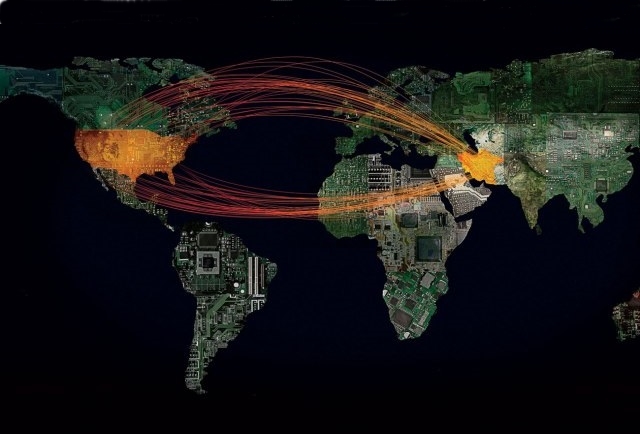Shocking acceleration in the use of Cyberweapons between Iran and the U.S against each other has been revealed in a newly released National Security Agency document.
This document was prepared for the then director of the NSA Gen. Keith B. Alexander in April 2013.
As per the illustration in this document, Iran and the US have propelled their cybersecurity units for spying on each other as well as for sabotaging their cyber infrastructure and resources.
To break the stalemate, which is currently hovering over the talks between the two states regarding Iran’s controversial nuclear program, America’s secretary of state John Kerry met his Iranian counterpart in Geneva.
The NSA Document—What it reveals?
It describes how Iranian officials knew about USA’ plans of initiating computer surveillance and cyberattack programs on Iranian networks a year before.
The document also contains exclusive details about how the US and Britain planned to collaborate for managing the damage from “Iran’s discovery of computer network exploitation tools.”
This happened two years after the Stuxnet worm attack from Israel and the US, which severely damaged the computer networks of nuclear enrichment plant in Tehran.
The Intercept, an online publication that’s claim to fame was the disclosures from the infamous whistle-blower Edward Snowden, was responsible for reporting about the document for the first time.
This is also the first time that the NSA has acknowledged that the attack on nuclear infrastructure of Iran was a program of George W. Bush administration.
It was this very program that kicked off the series of retaliation and escalation between the US and Iran. This cycle has now taken the form of a computer competition.
Also, the document reveals that while the high-stake nuclear negotiations went on in Europe, everyday hostilities between Iran and the US had moved beyond the physical world into the cyberspace.
The author of National Insecurity, David J. Rothkpof says that,
“The potential cost of using nuclear weapons was so high that no one felt they could afford to use them. We seem to feel we can’t afford not to use them, and that many may feel they can’t afford ever to stop.”
Adm. Michael S. Rogers, new director of the NSA, professed that his primary task is to prevent attacks by increasing its cost for states like China, Russia and Iran to wage cyberwar.
However, a former senior intelligence officer is on a completely different page after looking at the document:
“More evidence of how far behind we are in figuring out how to deter attacks, and how to retaliate when we figured out who was behind them.”
The document avowed that the USA’s interceptions of voice and/or online communications revealed that Iran launched three series of attacks against American banks post August 2012 as an act of “ retaliation to Western activities against Iran’s nuclear sector senior officials in the Iranian government are aware of these attacks.”
The websites of J.P. Morgan Chase and the Bank of America were targeted by Iran.
The document also mentions a major NSA campaign to prepare for conventional cyberwar exigencies with Iran. This plan includes a “battle rhythm,” which will allow feeding of data to the military commands and the White House.

